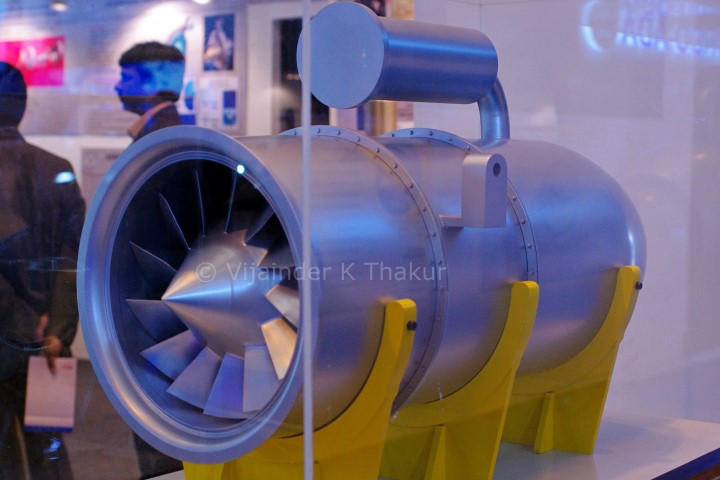HAL developed 425 Kgf Manik turbojet for Nirbhay cruise missile
HAL intends to design and develop a 320 daN (326 kgf) thrust class jet engine for various applications.
The single spool turbo jet engine would have an envelope diameter of 310 mm and length of 740 mm.
It would be capable of operating in altitude range of Sea Level to 8.5 km.
The engine would have a SFC of 1.175 kg/daN-h, a starting envelop of 8.5 km to SL @ 0.4 to 0.8M, endurance of 1,000 sec
Physical Parameters and Weight
Length <= 740mm (Excluding LRUs)
Diameter <= 310mm
Dry weight < 44-kg (Excluding LRUs and cartridge Starter)
Initial Requirement
2 engines for Technology Demonstrator (TD)10 prototype engines for various certifications / qualification trials
5 deliverable engines for limited series production
Private Sector Manufacturing Partnership
HAL on May 31, 2016 released a RFI for 'Selection of an Indian partner to manufacture aero engine in India.'
The due date for submission of a response to the RFI is August 10, 2016
HAL has invited interested Indian partners to undertake the manufacture of the engine by establishing all the required facilities including test rigs and engine test bed. HAL will manufacture 2 technology demonstrators and 3 qualification test units.
In the proposed partnership arrangement, the marketing of end product will be in the scope of HAL.
The current projection is to produce about 12 engines over 2 years time frame after initial development phase. The engine under development is likely to undergo changes during the productionisation. Once the development phase is completed, it is anticipated that the total no of engines required would be around 250 over 5 to 6 year period.
***
You can support my efforts aimed at sharing information on Indian Defense and Space Research by purchasing my maiden novel 'Triumph in Surrender,' a thriller romance set in contemporary IAF.



